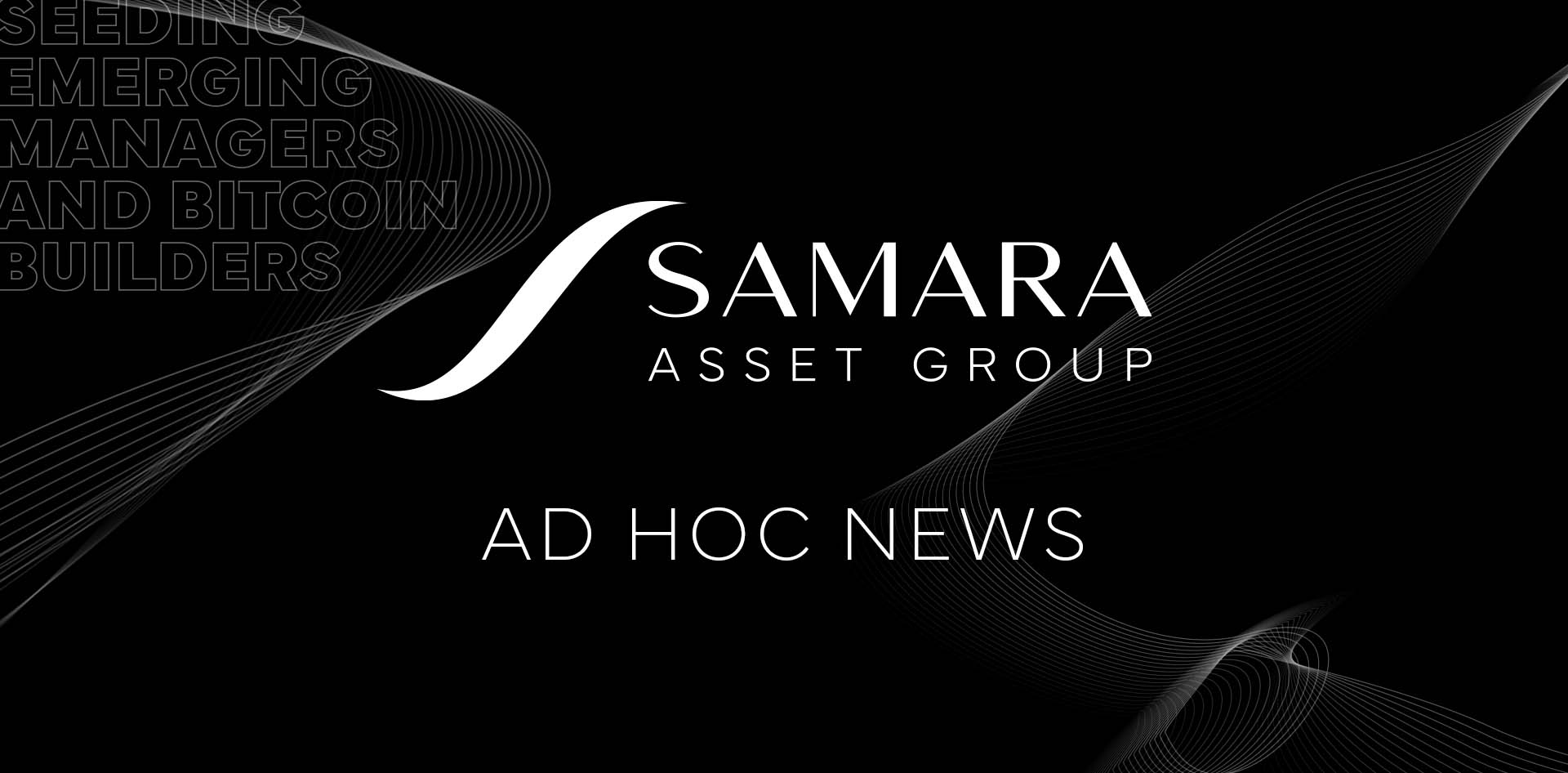
What is the BRC-69 Standard Token? A Guide to Recursive Ordinal Inscriptions
July 17, 2023





The recent flurry of experimentation on the Bitcoin blockchain has produced another token standard that promises to be better and more efficient. This guide will explore the newest Bitcoin token standard, BRC-69, explaining what it is and how it works.
Table of Contents
What is the BRC-69 Token Standard?
BRC-69 is a new token standard for Bitcoin-native NFTs that uses recursive inscriptions to optimize Bitcoin’s block space and reduce the cost of ordinal inscriptions by 90%.
Luminex proposed the new token standard on July 3, 2023.
But before explaining how BRC-69 works, it’s important first to understand ordinal inscriptions and recursive ordinals.
Ordinals Inscriptions & Ordinal Theory
Ordinal inscriptions are Bitcoin-native NFTs created by attaching images, text, SVG, and other supported data formats to a satoshi (sat), the smallest Bitcoin unit.
The process of appending data to sats is called inscribing. Using Ordinal Theory, users can find and track the ownership of inscribed sats across time.
Software engineer Casey Rodarmor introduced Ordinal Theory in late 2022 as a numbering scheme that assigns ordinal numbers to satoshis in the order in which they are mined and transferred from transaction inputs to outputs. Users can track individual satoshis throughout the Bitcoin supply and transfer them by ascribing sats with numbers.
Unlike regular NFTs that store their metadata off-chain with third-party data storage providers like IPFS, ordinal inscriptions store their data on the Bitcoin blockchain. This feature arguably makes Bitcoin-native NFTs superior to NFTs minted on Ethereum and other blockchains, as the NFT is actually recorded on-chain.
However, the hype around ordinal inscriptions and other token standards based on Ordinal Theory in recent months raised the demand for the limited Bitcoin block space. This hype caused network congestion, forcing Binance to pause BTC withdrawals temporarily in May 2023. Subsequently, transaction fees shot up, rising as high as $30 per transaction, before coming down again a few weeks later.
Recursive Inscriptions
Recursive inscriptions call data from existing inscriptions and use it to produce new ones. Ordinals developers announced recursive inscriptions in June 2023 to solve the problem of limited block space.
NFT expert Leonidas explains that Bitcoin is essentially getting an internal internet where every file can request data from other files on the network.
This complex mechanism of interconnecting data breaks Bitcoin’s block space free of the 4 MB limitation. As a result, it could enable users to run large files like software, video games, and movies on-chain. In the meantime, however, recursive inscriptions are basic in what they can achieve.
Recursive Ordinals: How Does the BRC-69 Token Standard Work?
The BRC-69 standard proposes to reduce inscription costs by 90% through a four-step process: inscribe, deploy, compile, and mint.
The first step entails inscribing the images of the traits on the Bitcoin blockchain. Next, a user must inscribe the NFT collection deployment JSON in the deploy operation. The JSON inscription contains the collection’s general information, such as the name and supply. It also includes inscription IDs of the traits that generate the non-fungible tokens.
Below is an example of the deployed JSON code.

After deploying the collection, a user must inscribe the collection compiler. According to Luminex, the compile inscription allows users to receive the traits’ inscription IDs by pointing back to the deploy inscription. This makes it possible to ultimately render the asset.
The final step involves inscribing the BRC-69 asset with the mint operation. The mint operation utilizes an HTML file storing the traits and pointing to the compile inscription. BRC-69 assets are, therefore, made up of an HTML file referencing the traits in a single line of text, approximately 150 bytes. That means users don’t need to inscribe a full image to mint a BRC-69 NFT.
The text in the HTML file solely uses on-chain resources to automatically render the final image on all ordinals-frontends. The final images can be dragged, dropped, and saved as typical image type ordinals, unlike other SVG recursive collections.
Potential Use Case
Luminex believes that the BRC-69 token standard could expedite the introduction of further improvements and features, such as launching NFT collections with a completely on-chain pre-reveal process. With this feature, a collection can be unveiled directly on-chain without needing off-chain resources.
Final Thoughts
BRC-69 is yet another token standard attempting to push the envelope on what the Bitcoin blockchain can achieve by building on Ordinals Theory.
While seeing so much innovation on the most secure blockchain today is exciting, BRC-69 is a new proposal that has yet to be tried and tested. Therefore, only time can tell whether it will live up to its goal of optimizing Bitcoin’s block space and ultimately cutting down inscription costs by 90%.

